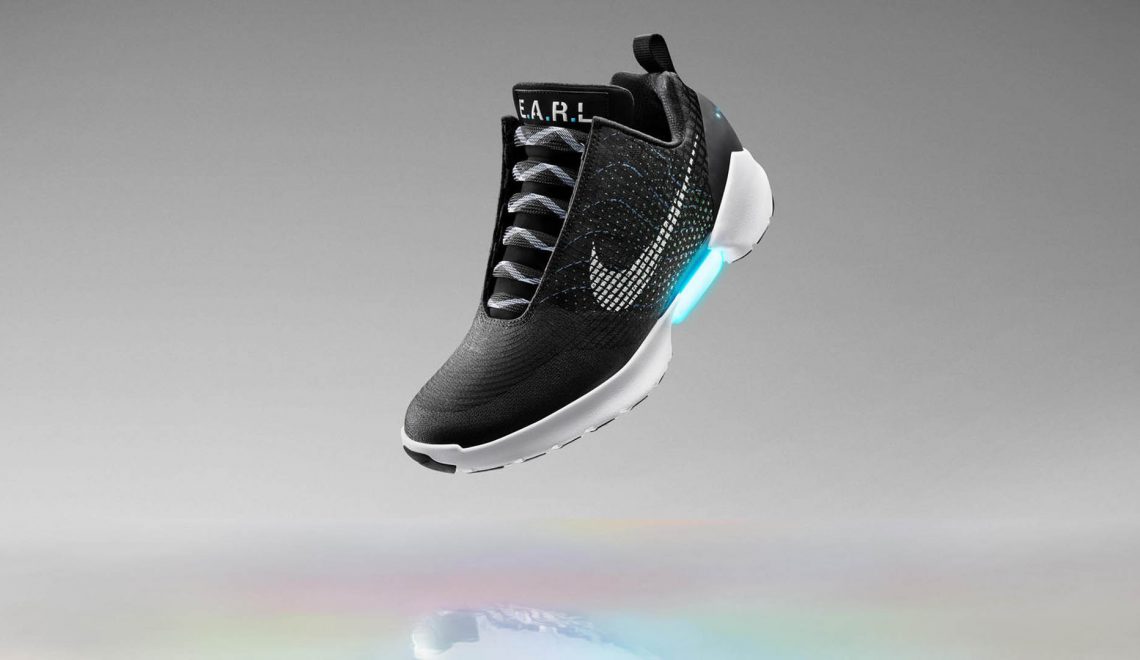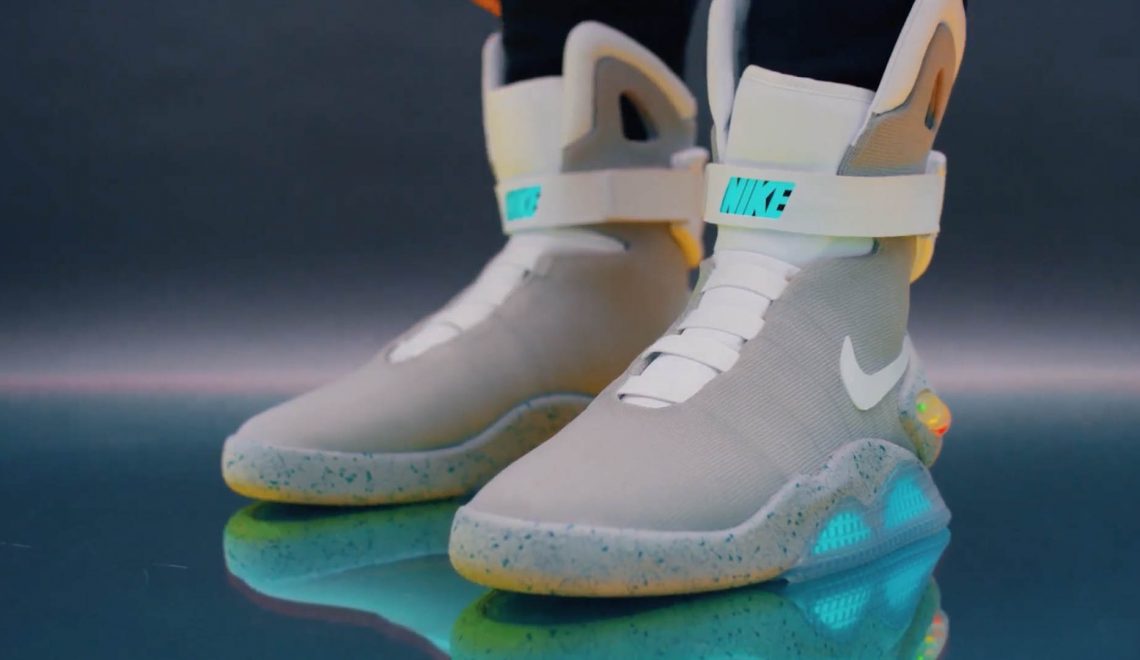We are well past a year since the launch of both Hexoskin’s and OMsignal’s smartshirts. These compression shirts (and now sports bra) monitor everything from breathing, to heart rate, to movement. They present the information as raw data and as a summary of fitness levels. At CES this year, both companies took advantage of the venue to announce expanded software offerings. OMsignal introduced the new OMrun platform – a very logic next step for the company, especially with the launch of the OMbra. OMrun looks to offer a suite of data that is especially tailored to helping runners understand an improve their performance. Among the new metrics are cadence, distance, Running Economy (how much O2 you need to travel a distance), and Breathing Rhythm (the number of footsteps per breath in or out). Along with the new focus on running, OMsignal has added new services to connect with, including Runkeeper, Strava, and Nike+. OMrun will launch this spring.
Hexoskin used CES to launch a new data gathering “black box” and to announce integration with several 3rd party services. Smartshirts such as Hexoskin’s use a small Bluetooth module that attaches to the shirt. This box gathers all of the data, makes sense of it, and then transmits it (either in real time or asynchronously). Hexoskin has updated this module so that it now has twice the battery life (30+ hours) and utilizes Bluetooth Smart. Bluetooth Smart is a wireless standard designed to allow things like heart rate monitors to be able to connect to fitness equipment (similar to ANT). This means you can view your Hexoskin’s heart rate data via a bike computer, compatible treadmill, or even a running watch! Hexoskin smartshirts will also now be able to connect to services such as Strava, Runkeeper, and MapMyRun, but the data shared will mostly be limited to heart rate information. The new Hexoskin module is available for “preorder” via Indiegogo with an expected ship date of April and is compatible with existing shirts.
Even though smartshirt tech remains decidedly niche, it is great to see the tech continue to push forward. OMrun, in particular, looks to be a very meaningful update for end users. Combined with the new form factor of the OMbra, we might begin to see the segment gain some popularity this year. While most men don’t exercise or run normally in a compression shirt, almost all women wear a sports bra when they work out. This means the experience of using the connected garment just became seamless for women, which could result in serious sales.





